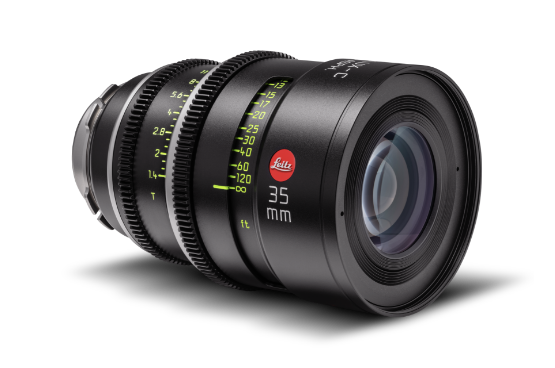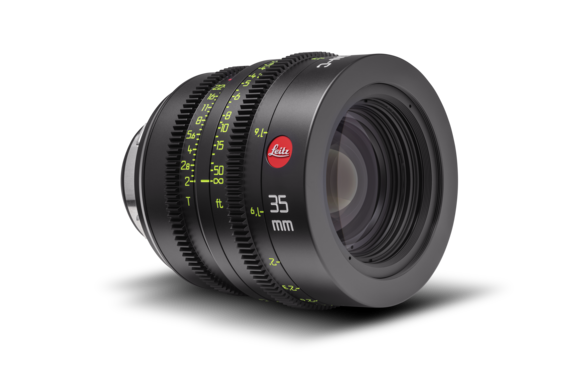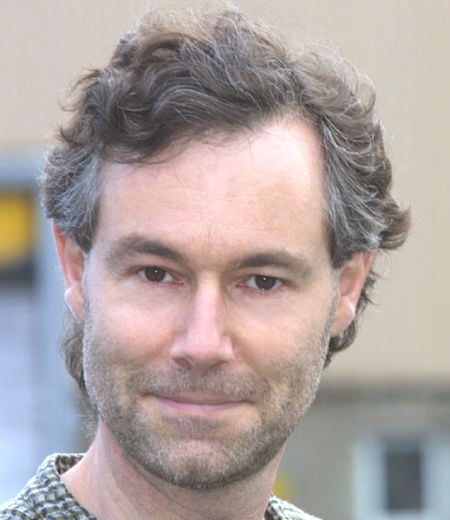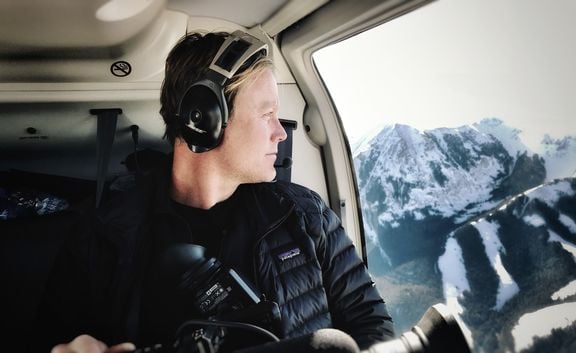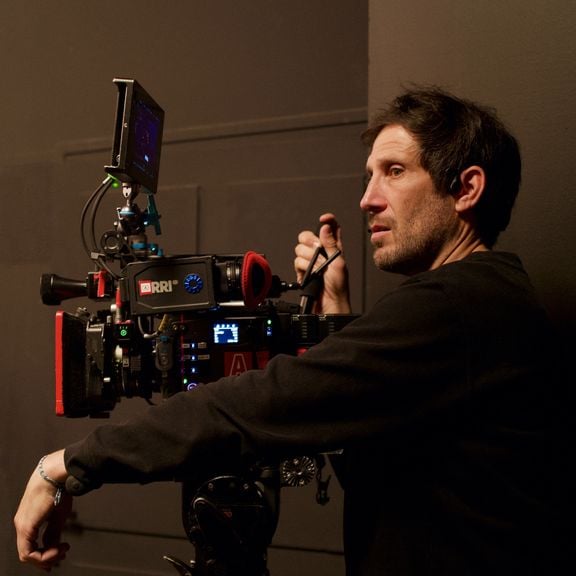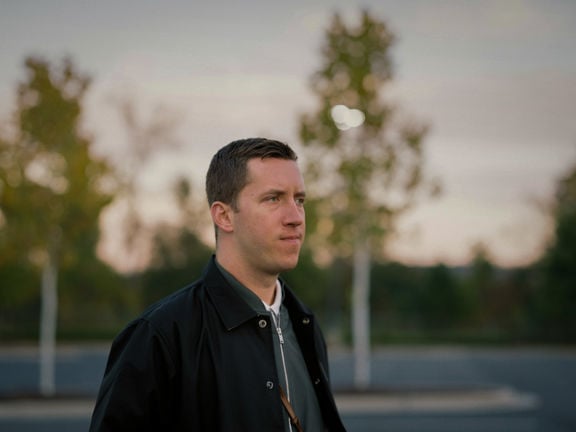HERO: A CHINESE LOVE STORY IN THE TIME OF COVID WITH LEITZ LENSES BY DP JONATHAN LELE YOUNG
Hero (2022)
HERO is a feature film by award-winning actress and director Joan Chen and shot by cinematographer Jonathan Young that explores the early weeks of the 2020 coronavirus pandemic in China through the eyes of young lovers separated by distance as well as cultural and socio-economic differences.
Seth Emmons: HERO is the first post-pandemic film made in China that touches on the pandemic itself. How did it come about? How did you get connected with the film?
Jonathan Lele Young: Director Joan Chen was offered the opportunity to make a film about this time period, but it couldn’t be a political film. Instead she wrote a story of love and tragedy set in this time that also illustrates regional and class differences that were very much on display during the pandemic. It is a character driven story. The director and producer approached me because I’m quite experienced in documentary filmmaking and observing characters.
Can you tell us a bit about the story?
Xiao Lu, played by Huang Miyi, is from an upper-middle class intellectual family in Beijing who falls in love during college in Wu Han with a lower-class guy from Wuhan named Zhao Hua, played by Yi Yang Qian Xi, one of the hottest actors in China right now. They graduate, and stay in Wuhan, where Zhao Hua is from, and get engaged. Her parents in Beijing strongly disapprove.
The film starts around Lunar New Year, which is a very important, family-centric holiday in China. Xiao Lu goes back to Beijing to visit her family while Zhao Hua stays behind. He plans to work and then go back to spend the New Year with his parents, but gets sick with what he thinks is just a bad flu. As the situation in Wuhan gets worse and the city is locked down, he’s trapped there, eventually ending up in an overcrowded, poorly maintained hospital. The residents of Beijing see some of what is happening in Wuhan, but feel safe in their superiority. While conditions in Wuhan deteriorate, Xiao Lu and her family go about their lives until reality finally hits and they are locked down too.
Chen wanted to create a feeling of isolation in both places, but with very different feelings. The only way that Xiao Lu and Zhao Hua communicate is with video chat via the social media app WeChat. As the film progresses to its tragic end this communication shapes the story in very unique ways.
One of the greatest challenges of telling this story was that we had to do it without using the name “Wuhan” or referring to the coronavirus directly or showing dead bodies. Addressing these challenges required many creative discussions about how to anchor this setting and convey these themes through visual storytelling techniques and symbols that as a cinematographer were very interesting to solve and rewarding to achieve.
Some of the symbols are very specific to Chinese audiences. For example, because we couldn’t show dead bodies lining the halls of the hospital in Wuhan or mention the location, our art director Pen Lai had two mosquitos(flies?) fly across the frame at one point. We know that in a humid, swampy place like Wuhan, dead bodies will mean lots of mosquitos(flies?). We also weren’t allowed to shoot in Wuhan so we built the hospital as a set, but deliberately made it look rundown to further connect it to Wuhan’s class divide.
Early on Chen had a concept that the film would be black and white, except for the mobile phone screens, which would be in color. The lack of color would represent how much was taken away from everyone by the pandemic. The color of the video chats would accentuate the only emotional connection these two lovers had left. It is also a general comment on today’s real world vs. virtual world. Reality is in B/W, while the virtual world is more real, warm and more attractive to the eye. Chen believes that the audience’s eye will be drawn toward and focus on the colorful images and invest more emotion in them. We did a lot of tests, including incorporating scanned film grain to further enhance the separation between the two mediums. We also created very different looks for the male and female characters to further separate them.
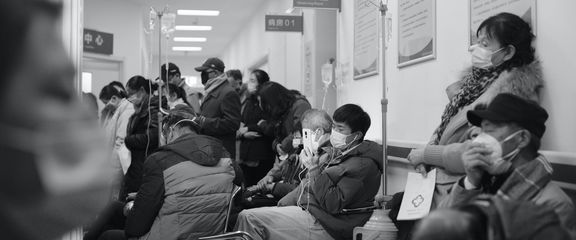
Can you describe those looks?
I shot the female protagonist scenes, about 70% of the film, on Leitz SUMMILUX-C and SUMMICRON-C lenses to give a clean and warm image of the upper middle class lifestyle. Her world is one of relationships, love, family, friends, and lots of social layers. They don’t feel the outbreak threat and think they’re safe. We wanted it to be more warm and soft.
With the SUMMILUX-C lenses, I feel they perform like three different sets at T1.4, T2, and T2.8. We shot them primarily between T2.2-2.6, which gives the Leica look we wanted. 90% of these scenes were shot on the 21 mm – 40 mm focal lengths with the 21 mm, 29 mm, and 35 mm being used for close ups.
The male protagonist scenes needed to feel claustrophobic, cold, sharp, lonely, but with just a hint of hopefulness, even though the audience knows it is hopeless. The Leitz lenses didn’t work for this; they don’t have that look. Instead we went with wide angle Cooke 5/i lenses. Usually it’s a warm, soft lens, but when we desaturated them for black and white they became very cold. It was an interesting discovery and it helped create contrast between the two protagonists.
What did you do for the video chat scenes?
Those scenes, the only ones in color, all had to be shot on Leitz SUMMILUX-C lenses because their color is exactly what we wanted. We shot on ARRI Alexa Mini and RED Monstro VV. We had one Mini unmounted so the actors could actually hold it for a selfie type of experience and used mainly the 25 mm at T4, but sometimes the 29 mm or 21 mm. We then added a lot of contrast and grain as well as a little bleach bypass. Actual film grain was a big part of building the look of the film.
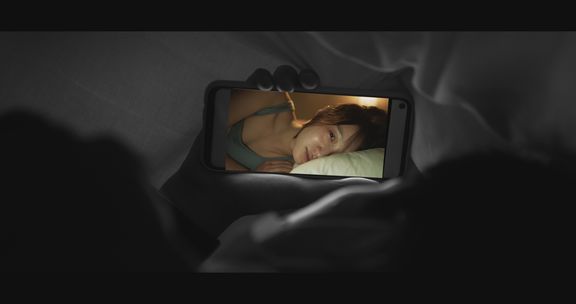
How so?
I decided early on that ACES workflow using Baselight would be the foundation of the whole project. After some camera tests we settled on the ARRI Alexa SXT and Mini for A camera work. I didn’t want a clean look for the whole film so we scanned Kodak Vision film stocks to play with the grain. In the end I chose Delta 100 because it has the finest grain and works like a Tiffen Black Pro-Mist filter. When we applied it to the picture it would raise up the blacks and press down the highlights.
That sounds like a good amount of testing.
That’s not even all of it. I tested over a dozen different lens sets and 67 kinds of filters. For the girl’s world we decided on Leitz SUMMILUX-C and SUMMICRON-C lenses with Delta 100 grain and Tiffen Pearlescent and Black Pro-Mist filters at ⅛ or ¼ depending on the scene. If you have a strong highlight and point the camera to it the Pearlescent will allow a bit of flare and the highlight becomes more prominent in a good way. With Black Pro-Mist the highlight would be dragged down. I would decide the filter based on the intention and action of each scene.
As I mentioned, we used the Cooke 5/i lenses for the boy’s scenes, and for the outdoor scenes with the girl walking through her childhood neighborhood in Beijing we used a Super Baltar 25mm with either Tiffen Black Satin or Black Pro-Mist to create a nostalgic look and further separate those scenes from a storytelling perspective. She is always sharing images of the neighborhood and people to her fiance with memories of her youth.
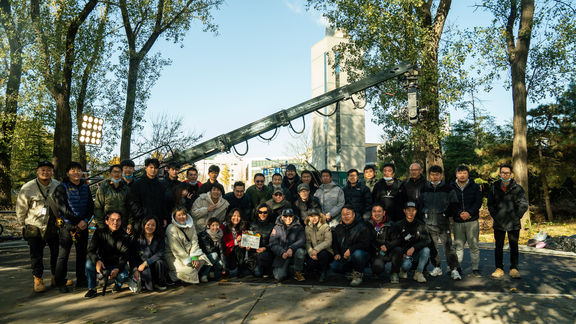
How did you manage to create the look of the Wuhan scenes without being able to travel and shoot there?
Because we were not allowed to travel to the Wuhan region during production, we had to create those scenes in Beijing. As I mentioned, we built the hospital as a set. But for Zhao Hua’s apartment, Chen wanted to shoot it in a realistic, documentary style so we had to find a location. Beijing is built in concentric rings and the 2nd ring has lots of old apartment buildings that are very similar to those in Wuhan. Unfortunately it is also close to the Ministry of Defense, which meant we could not have any generators, cranes or other heavy film equipment on the street. Also, the apartments are extremely small, only 40 square meters, and the one we chose was on the 4th floor with no elevator. With all these restrictions and complications most filmmakers would just decide to build it on a stage but we were tasked with making it work.
There was no place to put anything other than small practical lights inside the apartment. No grip equipment, no c-stands. There wasn’t even room for the director during takes. So I convinced the production to rent the apartments on either side of our main apartment. We set up video village in one. After much testing I hung a specially selected yellowish-white linen outside the single main window and attached 15-20 feet of rigging outside the neighboring windows with a pocket Dedolight and a pocket Aputure light bouncing through the linen into the apartment. I was also able to place a 4-head LED on the street and shoot a little more light through the fabric as well.
What’s next after this project?
I’m working on another documentary with Joe Piscatella about the Hong Kong protests for Netflix. It’s about 50% finished but we have to wait for the pandemic situation to improve before we can finish it.
HERO premiered in China on September 9th, 2022.
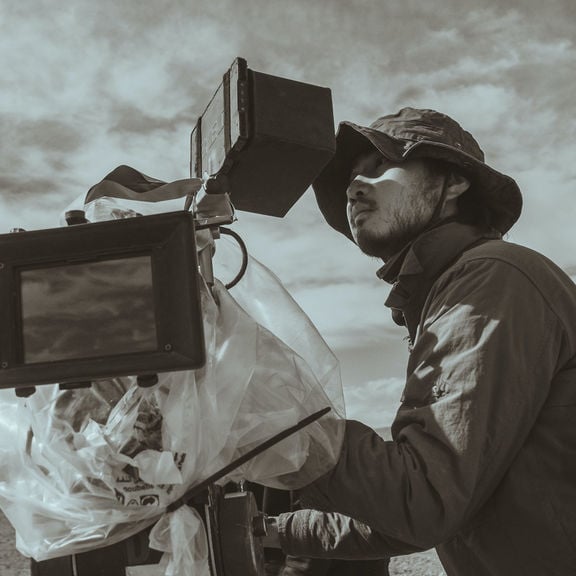
Overview
DoP Jonathan Lele Young
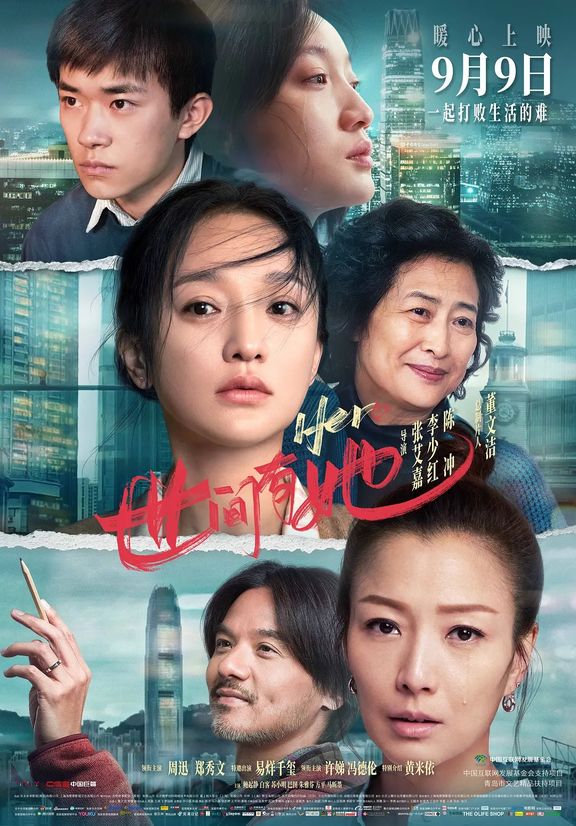
Hero
2022 | movie
DoP Jiawei Liao (segments: Wuhan Story) | Shigeru Umebayashi (segments: Beijing Story) | Ngai Lun Wong (segments: Hong Kong Story) | Janet Yung (segments: Hong Kong Story)
Director Sylvia Chang (segments: China - Hong Kong Story) | Joan Chen (segments: China - Beijing Story) | Shaohong Li (segments: China - Wuhan Story)
Leitz lens SUMMILUX-C, SUMMICRON-C
Camera ARRI ALEXA Mini, RED DSMC2 Helium 8K, IPhone 11 Pro
Production Companies Meridian Entertainment | Shanghai Taopiaopiao Film Culture | United Entertainment Partners
Distribution China Lion Film Distribution
Awards 2 nominations
Equipment Supplier U-Gear | Shanghai
Country China
